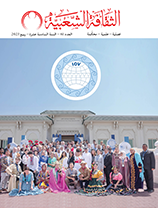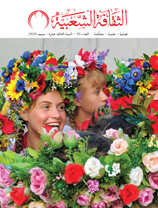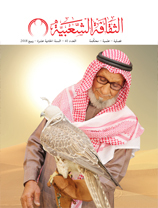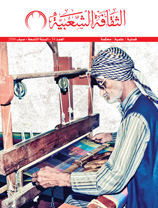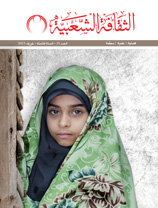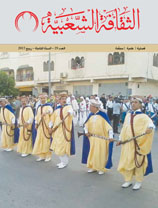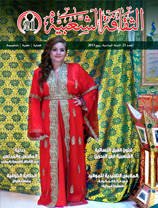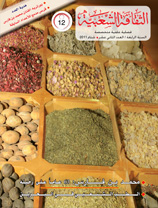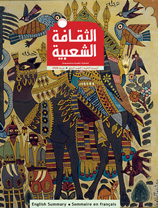The Islamic Cultural Dimension of Religious Chanting Through Its Stylistic Features and Relationship to Arabic Singing: The Example Of "O Lord of the Universe", an Invocation by Muhammad Imran
Issue 54

Khalid Al Jamal, Tunisia
This paper studies the relationship between religion and music by examining religious chanting and its relationship to the upbringing of Arab singers. In the early stages, they were often educated in Quranic mosque schools, where they learned writing, the religious foundations, the rules of Quranic recitation and the chanting of the Islamic odes, which are the components of the traditional formative school.
In this study, I discuss the importance of the role of religious chanting in supplementing music and Arab singing and in the consolidation of Arab culture and Islamic identity by highlighting the elements of integration between the school of religious chanting and Arab lyrical composition.
I consider the two schools to be complementary, the singer must first receive some foundation in the provisions of Quranic recital in order to master the proper articulation of Arabic. The reciter and vocalist (Munshid) must receive a musical education in order to perform well and be able to employ and alternate the maqams (musical modes). He should also be able to use the right pitch.
I also wanted to highlight the most prominent forms of religious chanting in terms of the method of chanting and the formation of singing bands. I concluded that there are three types of performance: the individual performance represented by invocation and supplication to Allah, the ‘Muwashah’ (the name for both an Arabic poetic form and a secular musical genre) that is performed by a vocalist and chorus accompanied only by tambourines or percussion instruments, and the religious song in the form of a composed poem that the vocalist performs accompanied by a band.
These forms enable the vocalist to highlight his talents, his mastery of moving between the original maqam and its sub-divisions, and his ability to highlight melodic melisma. This is why I referred to learning the rules of Quranic recital to perfect the articulation of sounds while singing.
The concept of religious chanting in the history of Islam was associated with the emergence of Sufism during the 5th century AH (12th century AD) and the culture of isolation and individuality in the relationship with God. Sufis designated the corner a place of isolation and solitude for worshipping and chanting to bring them closer to the Almighty. Religious chanting is of great importance in the modern era. It has developed in several ways, distinct groups and voices emerged in Egypt, Tunisia and Syria. During the 19th century, religious chanting became the first stage of training for singers.
To highlight the role of religious chanters and their relationship to the styles and techniques of Arabic singing, I chose to focus on Sheikh Muhammad Omran, one of the most prominent sheikhs of religious chanting and readers of the Qur’an in the Arab world during the 20th century.
I provided an analysis of his performance of a passage from the invocation ‘Ya Sayid Al Kawnayn’ (O Lord of the Universe), in order to highlight his style of improvisation and his melodic performance of the maqams. I concluded that he added considerably to the art of chanting with his vocal creativity and his ability to adapt the maqams and move from one to another professionally and from the treble sounds to the bass sounds with a vocal compass. This distinguishes him from contemporary reciters and even singers.











